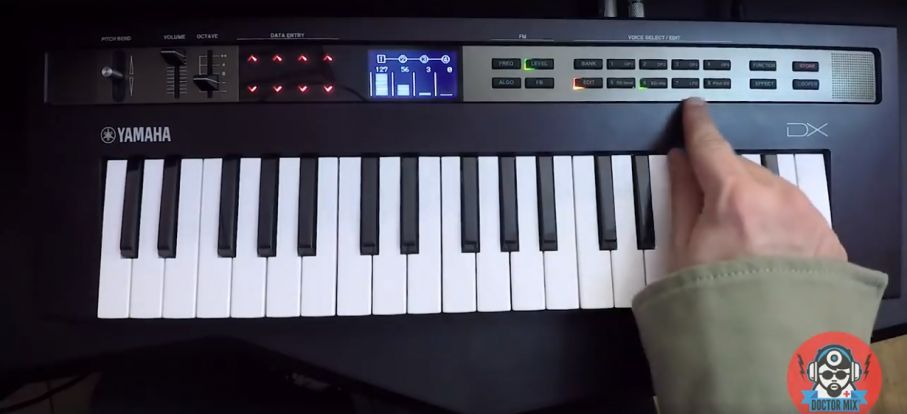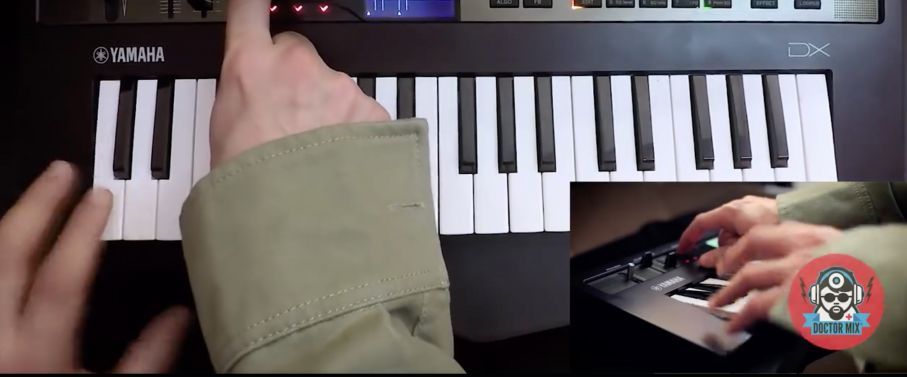Synthbits: How to Build an FM Kick Drum on reface DX
Did I say fat? I meant PHAT! FM synthesizers are great for generating powerful kick drum sounds. The synth gurus over at Dr. Mix created this great video that shows how it can be done!
Check it out below:
Want to share your experiences? Join the conversation on the Forum here.
And stay tuned for more Synthbits to come!

